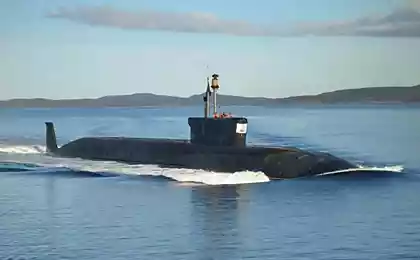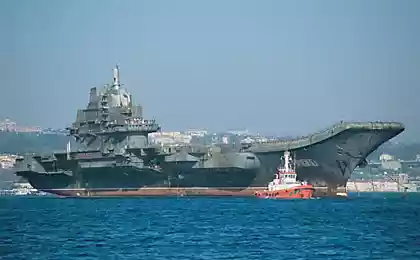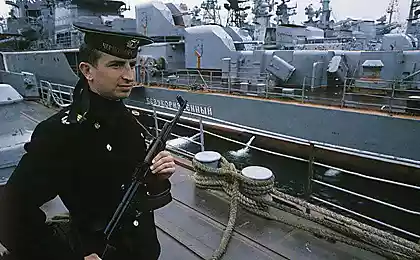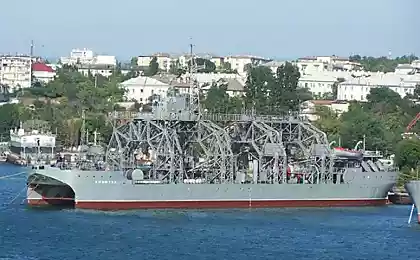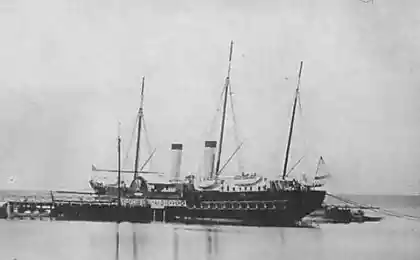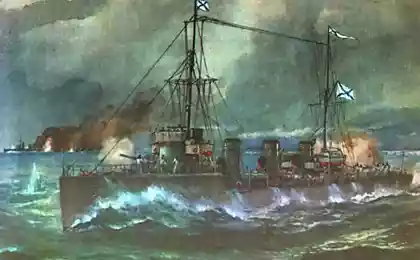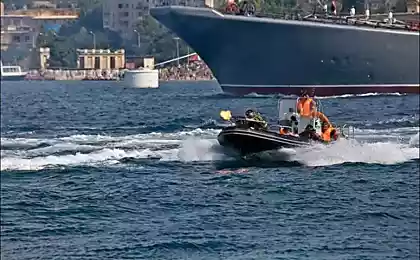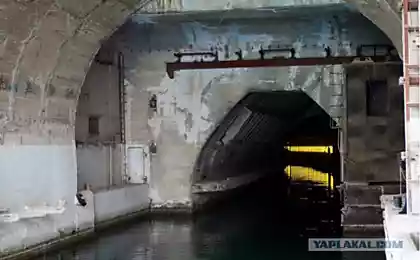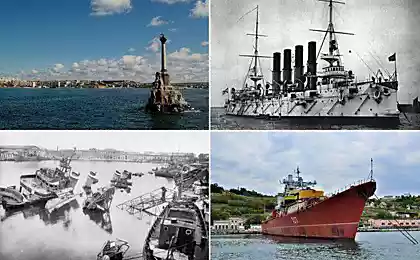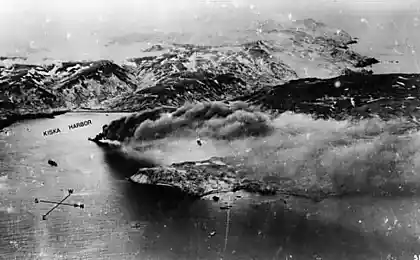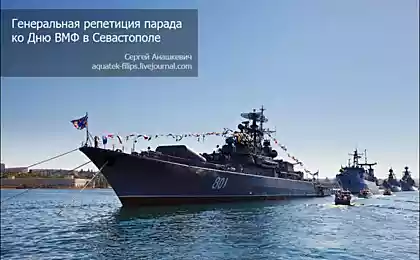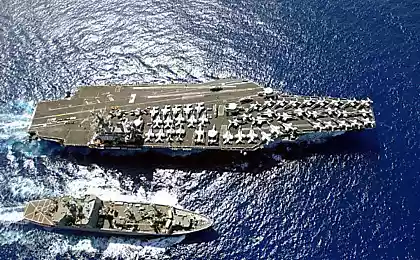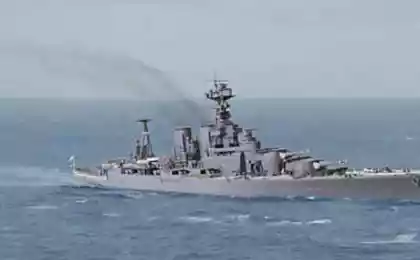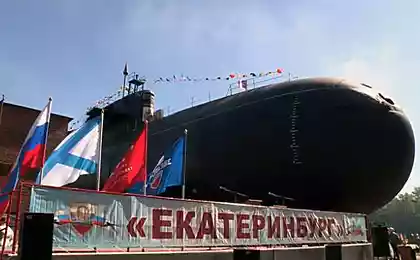570
Kaczynski Aviation Garrison Black Sea Fleet
In Ukraine, in the Crimea, near Sevastopol, in the village of Kacha (accent on the first A) are deployed amphibious aircraft Be-12 military transport aircraft An-26, search and rescue helicopter Ka-27PS and Ka-27PL ASW. Despite the fact that many aircraft already almost 40 years old, every day they are ready to perform combat tasks in the Black Sea.
Blogger Sergey Dole was able to sit at the controls of these amazing machines, climb through the cabin, porazglyadyvat toggle switches and devices, visit the room of military glory. And of course, take a picture)
27 ph
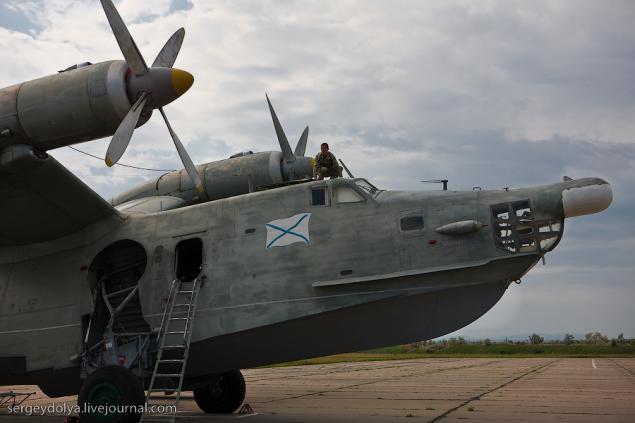
First we visit a room of military glory - a small museum at the House of Officers, which tells about the history of the base:
It all started back in tsarist Russia. Pay attention to the shape of the pilots of the first issue. Each is its own, as the flying form was not yet invented and the first pilots were recruited from the different branches of service:
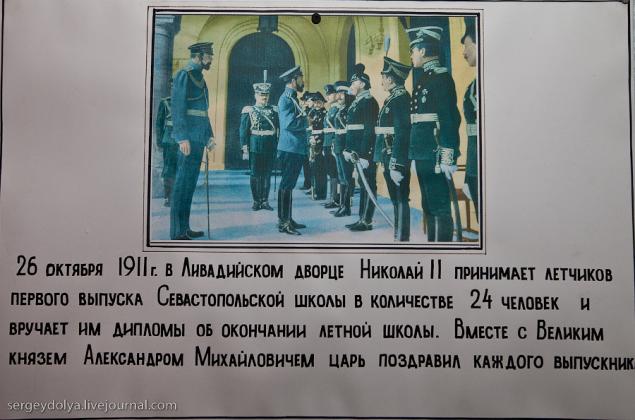
03
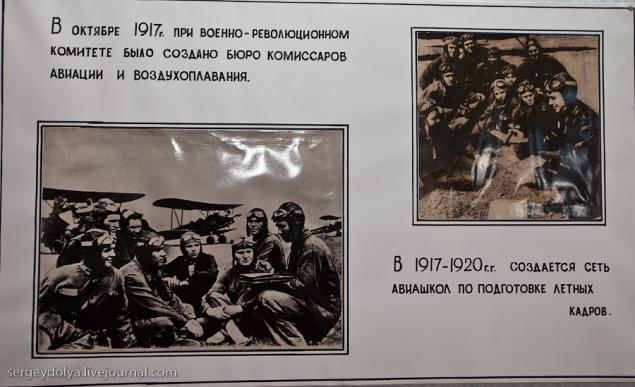
04
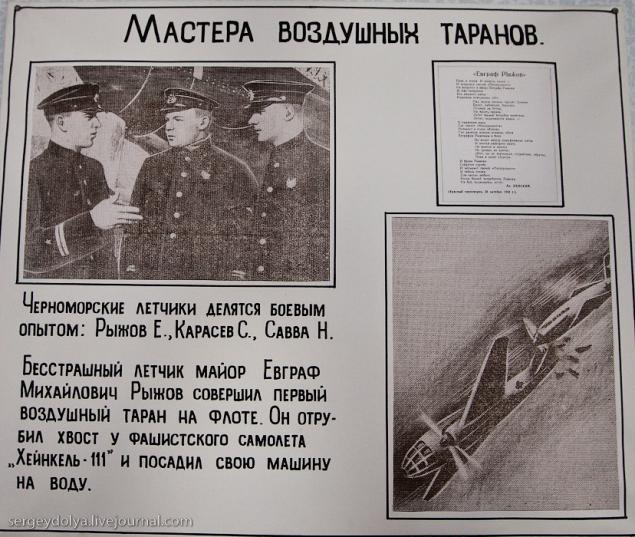
Flight Inspection technology we started with amphibian '71 built Be-12:
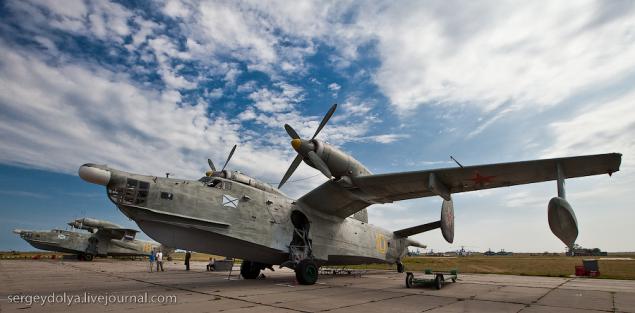
It is designed to detect submarines and perform rescue operations at sea. Previously, he was wearing nukes tactical purpose.
Fly a plane 4 people 2 pilot, navigator and radio operator. In the nose of the aircraft sitting navigator. It has the most spacious place:
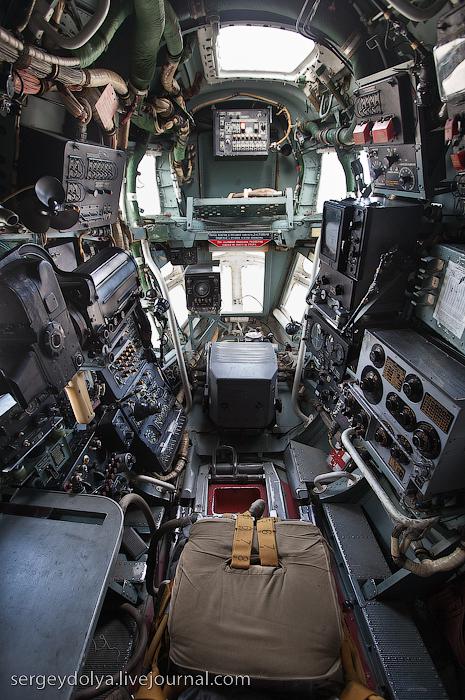
To detect submarines at a radar navigator has:
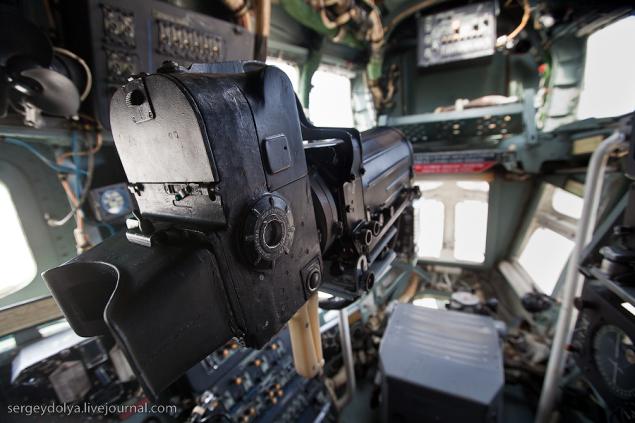
08
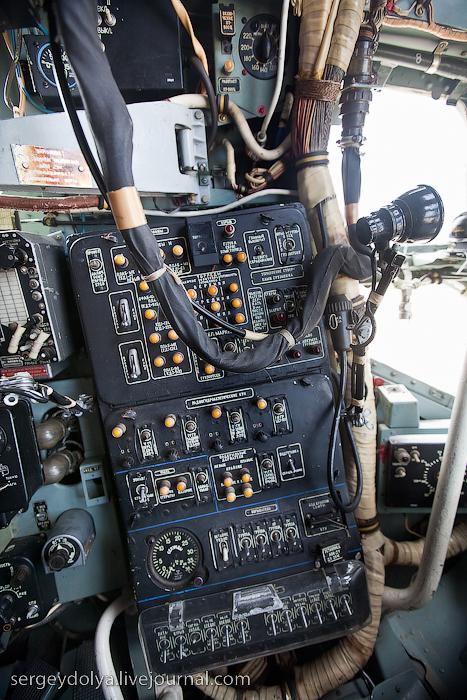
09
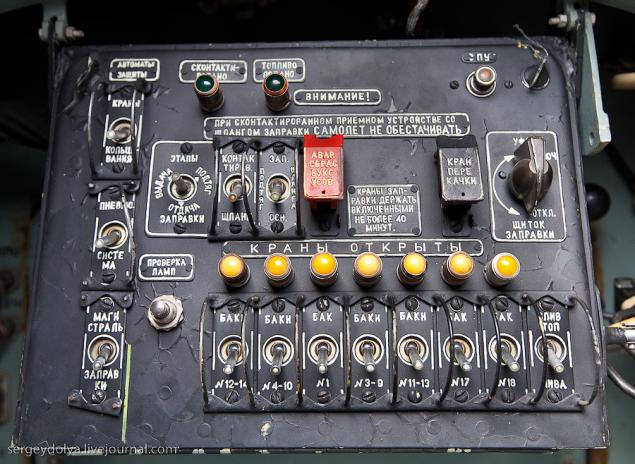
10
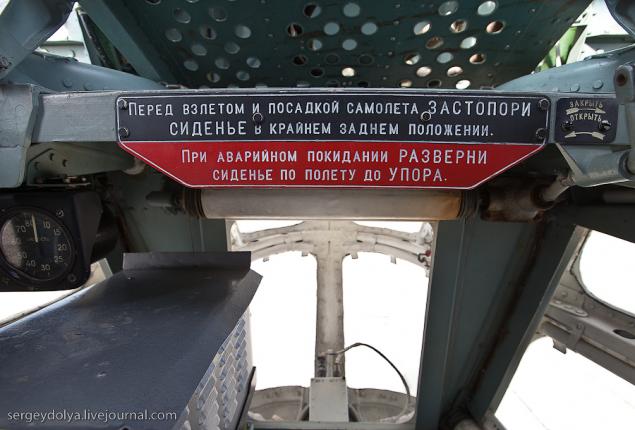
11
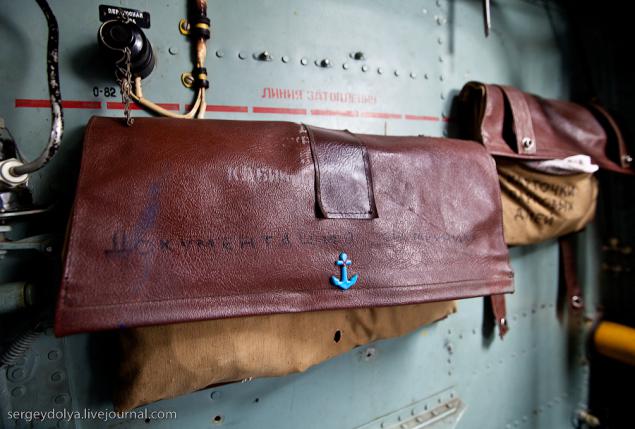
Next to the 'officers armchair strapped to the wall anchor. On the plane, he looks foreign body:
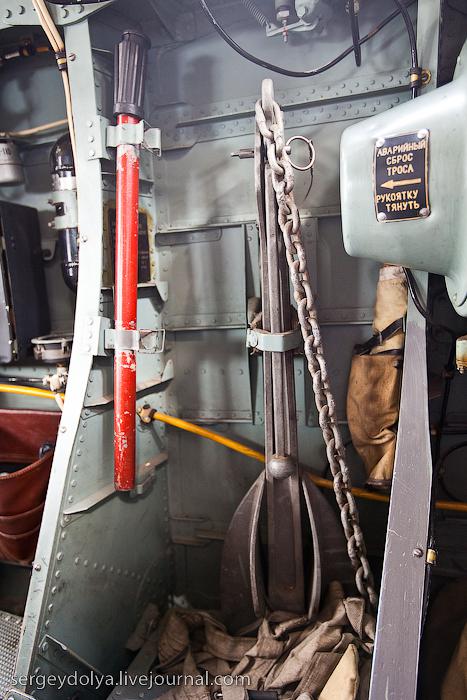
This "look" in the navigator seat from the nose of the aircraft. Above the door are seen pedal pilots. They sit, as it were on the second floor:
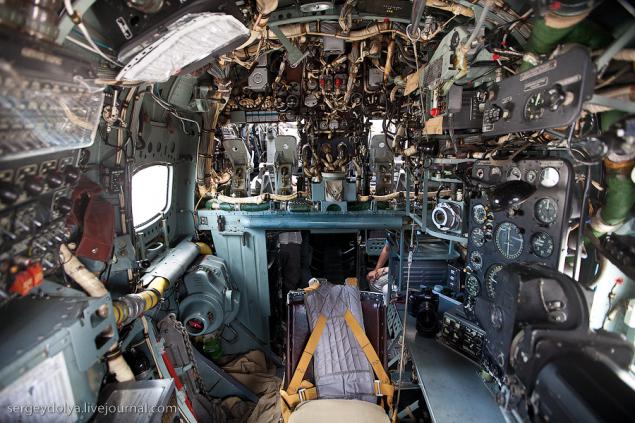
14
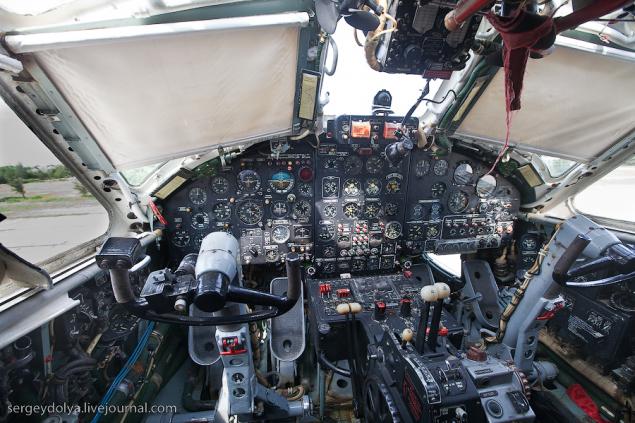
All seats are equipped with a parachute and catapult. The ceiling is easy to move out of the way and you can lean out:
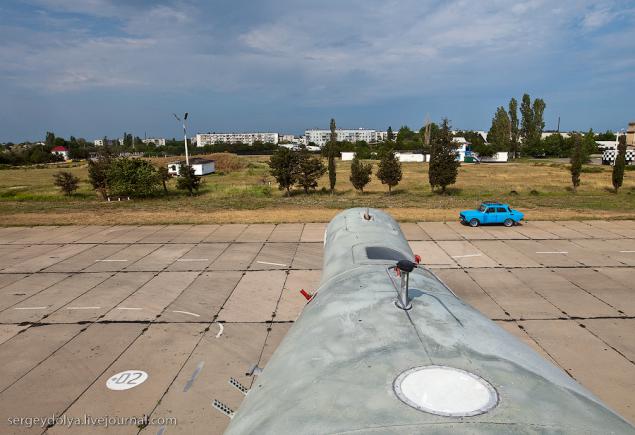
16
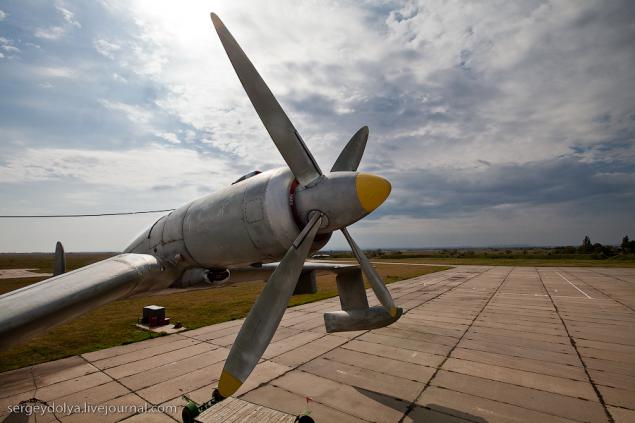
Going on the aircraft in flight is practically impossible. According to him and on the ground, it is difficult to move around constantly without touching the sharp corners:
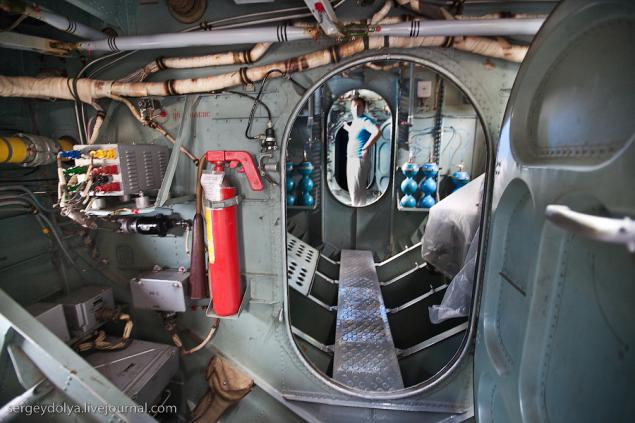
It feels as if you are not on a plane, and in a submarine:
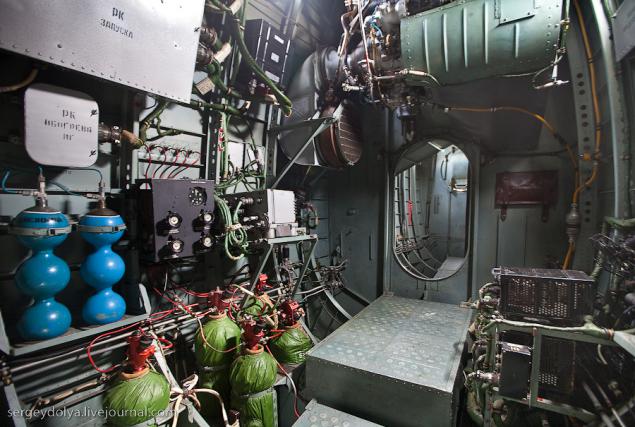
Place a radio operator in the tail of the aircraft:
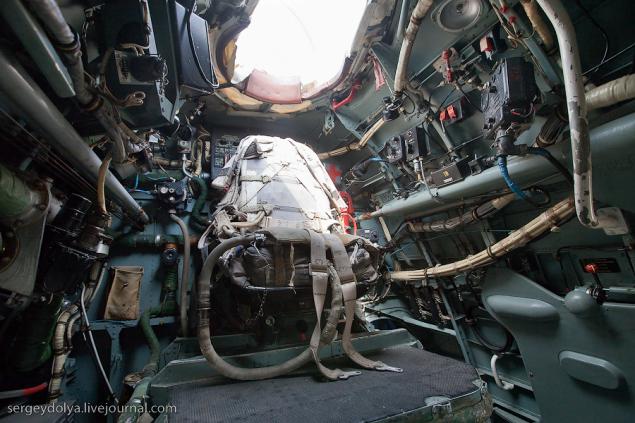
Be-12 can not only find the submarine, but also save lives. To "rescue" in one of the compartments is provided hammock
What is the Be-12 amphibian, affects the features of takeoff and landing. Typically held against the concrete runways, since Aircraft based on the bank. Landing on water conducted at least once a month. These flights have been associated with a certain degree of risk. Pilots are constantly working with the land, could habit before landing on the water to release the chassis. If imagine such a case, the results it would have been grim. Chassis to vomit when they hit the water with all the ensuing consequences. I do not know whether there was a case in the Navy, but talk about this before the flight on the water was very high. After lengthy landings on the water (in the repair of the strip, for example) there is a danger of landing on betonku with landing gear retracted. Here's a case in the 70s in the squadron occurred. After touching the plane Redan first skived and then stopped, careening sideways. You can imagine the feelings experienced at the same time co-driver. The plane then reinstated TECH part, and he continued to fly.
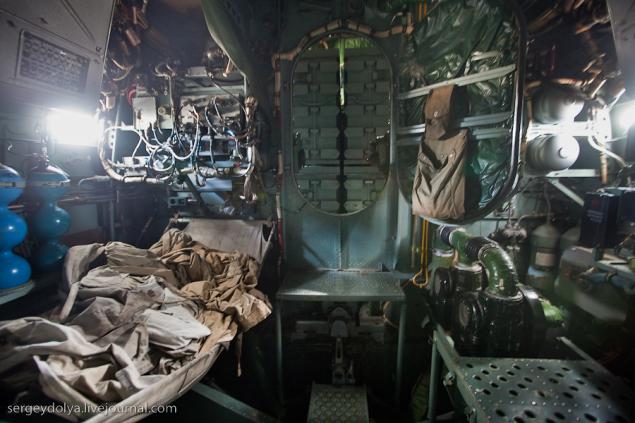
Close to the Be-12 are military transport aircraft An-26. They are used to transport goods and landing:
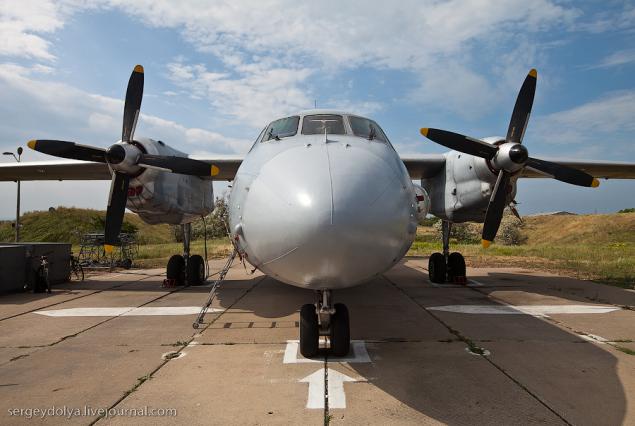
On pylons suspended backsight maritime aircraft bombs Omaboe-25 D & H (day - night, respectively). Inside them is paint. In case of men, aircraft, ships in distress, planes dropped them into the water and formed on the surface patch of green in the afternoon, and at night a torch, in which induced aircraft and rescue vessels
The tail of the plane is a ramp on it for loading into the cargo cabin can even call UAZ:
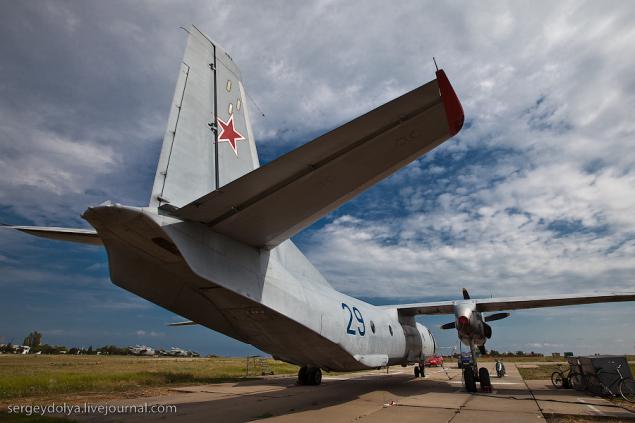
Inside, along the boards, installed benches for parachutists, and the floor wearing bags with warm clothes, which are reset after the detection of people in distress, vessels, aircraft:
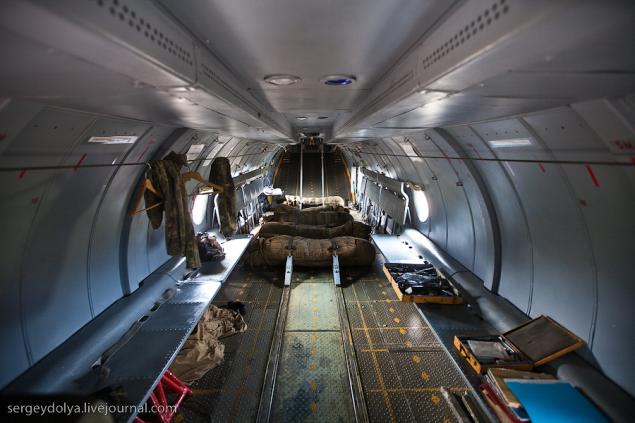
The crew consists of 5 persons: 2 pilot, navigator, radio operator and borttehnik:
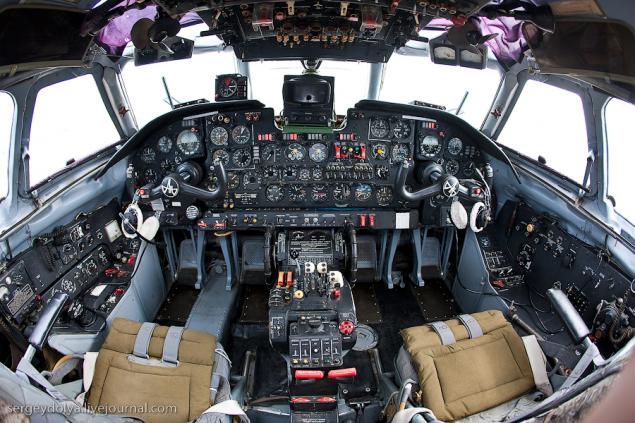
Borttehnik sitting on a folding chair between the pilots and the navigator and radio operator them. Place the radio operator:
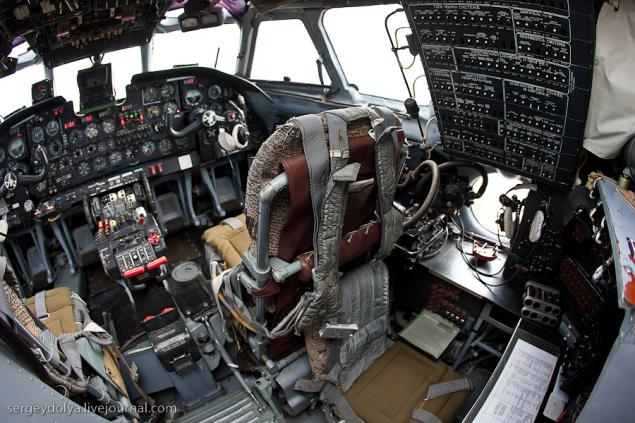
26
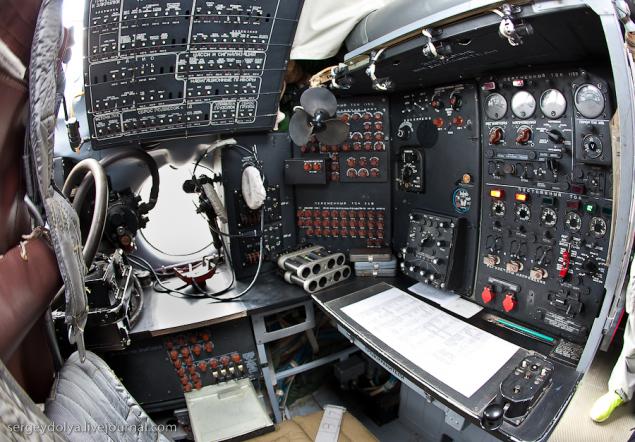
Navigating place:
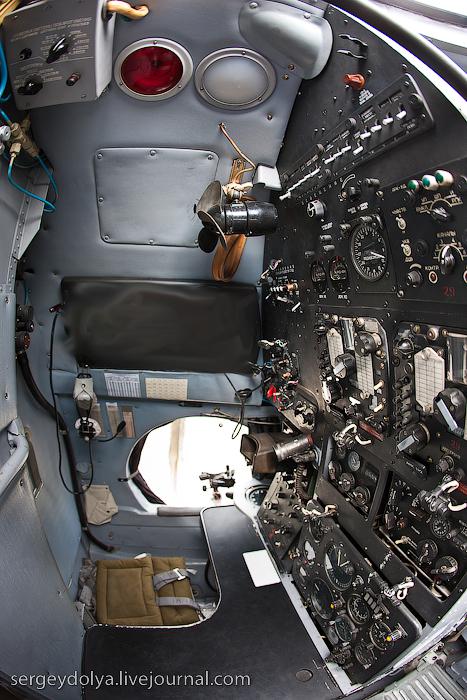
Source:
Blogger Sergey Dole was able to sit at the controls of these amazing machines, climb through the cabin, porazglyadyvat toggle switches and devices, visit the room of military glory. And of course, take a picture)
27 ph

First we visit a room of military glory - a small museum at the House of Officers, which tells about the history of the base:
It all started back in tsarist Russia. Pay attention to the shape of the pilots of the first issue. Each is its own, as the flying form was not yet invented and the first pilots were recruited from the different branches of service:

03

04

Flight Inspection technology we started with amphibian '71 built Be-12:

It is designed to detect submarines and perform rescue operations at sea. Previously, he was wearing nukes tactical purpose.
Fly a plane 4 people 2 pilot, navigator and radio operator. In the nose of the aircraft sitting navigator. It has the most spacious place:

To detect submarines at a radar navigator has:

08

09

10

11

Next to the 'officers armchair strapped to the wall anchor. On the plane, he looks foreign body:

This "look" in the navigator seat from the nose of the aircraft. Above the door are seen pedal pilots. They sit, as it were on the second floor:

14

All seats are equipped with a parachute and catapult. The ceiling is easy to move out of the way and you can lean out:

16

Going on the aircraft in flight is practically impossible. According to him and on the ground, it is difficult to move around constantly without touching the sharp corners:

It feels as if you are not on a plane, and in a submarine:

Place a radio operator in the tail of the aircraft:

Be-12 can not only find the submarine, but also save lives. To "rescue" in one of the compartments is provided hammock
What is the Be-12 amphibian, affects the features of takeoff and landing. Typically held against the concrete runways, since Aircraft based on the bank. Landing on water conducted at least once a month. These flights have been associated with a certain degree of risk. Pilots are constantly working with the land, could habit before landing on the water to release the chassis. If imagine such a case, the results it would have been grim. Chassis to vomit when they hit the water with all the ensuing consequences. I do not know whether there was a case in the Navy, but talk about this before the flight on the water was very high. After lengthy landings on the water (in the repair of the strip, for example) there is a danger of landing on betonku with landing gear retracted. Here's a case in the 70s in the squadron occurred. After touching the plane Redan first skived and then stopped, careening sideways. You can imagine the feelings experienced at the same time co-driver. The plane then reinstated TECH part, and he continued to fly.

Close to the Be-12 are military transport aircraft An-26. They are used to transport goods and landing:

On pylons suspended backsight maritime aircraft bombs Omaboe-25 D & H (day - night, respectively). Inside them is paint. In case of men, aircraft, ships in distress, planes dropped them into the water and formed on the surface patch of green in the afternoon, and at night a torch, in which induced aircraft and rescue vessels
The tail of the plane is a ramp on it for loading into the cargo cabin can even call UAZ:

Inside, along the boards, installed benches for parachutists, and the floor wearing bags with warm clothes, which are reset after the detection of people in distress, vessels, aircraft:

The crew consists of 5 persons: 2 pilot, navigator, radio operator and borttehnik:

Borttehnik sitting on a folding chair between the pilots and the navigator and radio operator them. Place the radio operator:

26

Navigating place:

Source:

